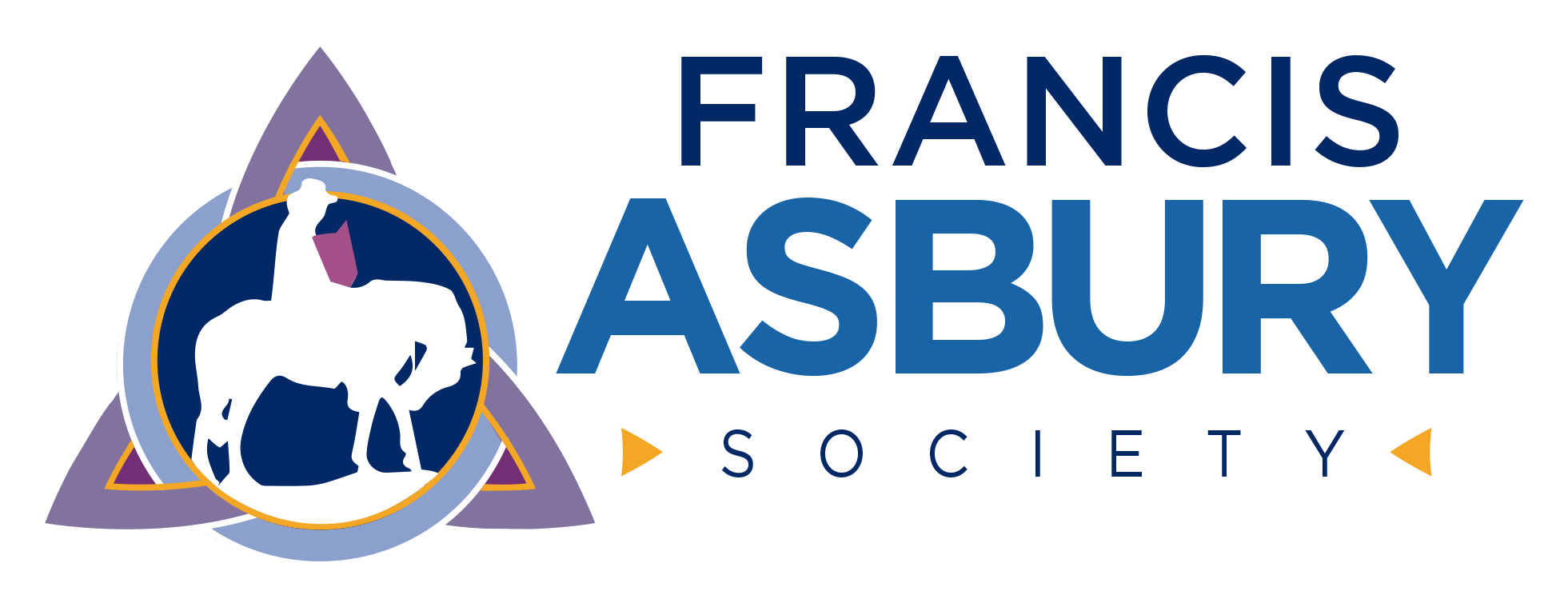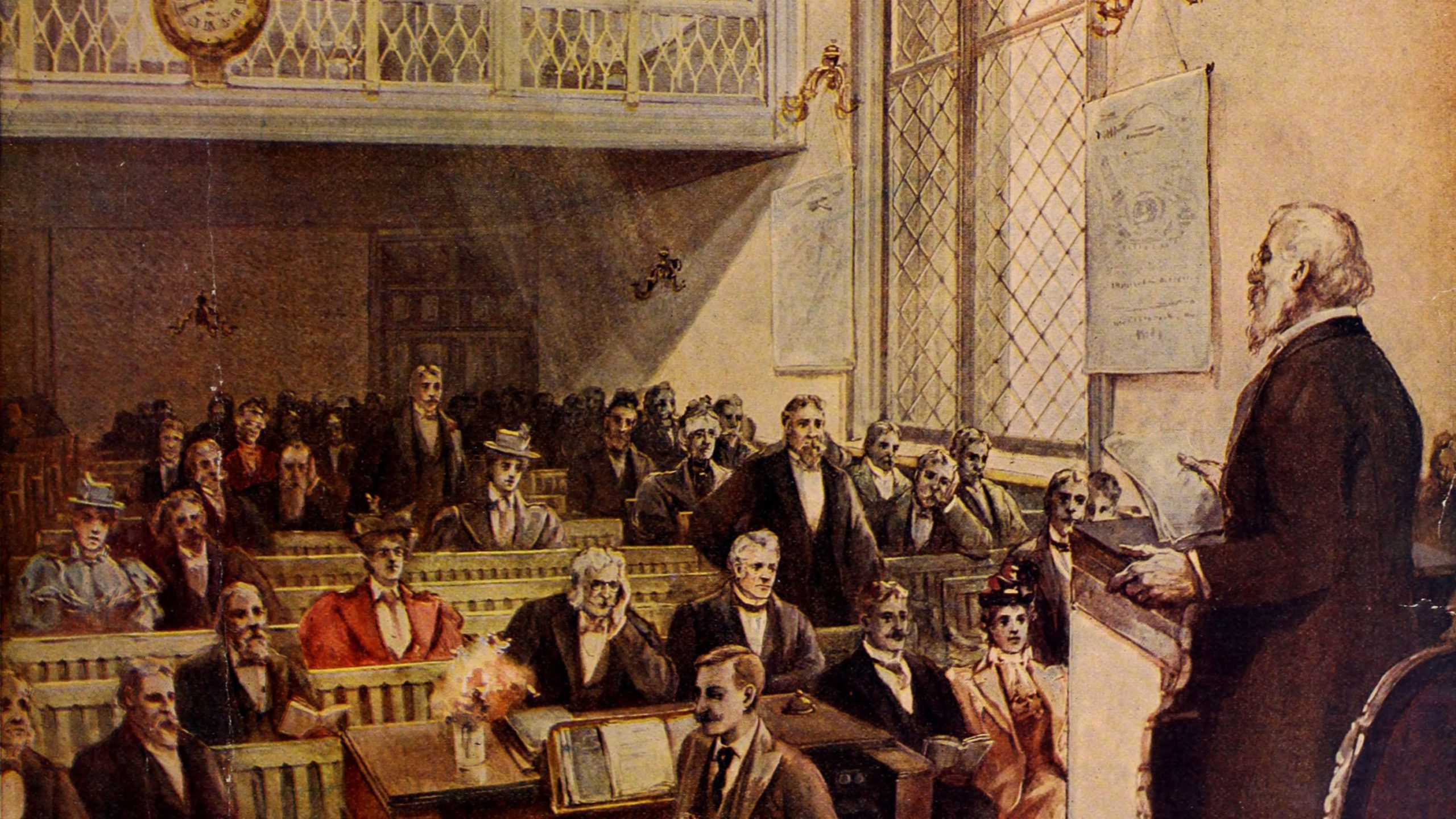By Bill Kierce
Will you not revive us again, that your people may rejoice in you? Show us your unfailing love, Lord, and grant us your salvation.
Psalm 85:6–7 NIV
A few years ago, while visiting New York City, I decided to visit the 9/11 Memorial. Exiting the exhibit and emotionally stirred by what I had experienced, I began the walk toward my hotel. Taking an intentionally circuitous route to take in some of the sights, I went several blocks and got a very strange feeling. In fact, it was more than a feeling. It was a compulsion that I had to stop. My feet seemed encased in concrete. As I stood paralyzed on the street corner, I looked up at the street signs to get my bearings and calibrate walking directions on my phone. I confirmed that I was standing on the corner of William and Fulton Streets. I immediately recognized the famous address in the heart of the city’s financial district, though hardly a New Yorker today would pause to pay tribute. On that corner, in the mid-nineteenth century, stood the Old Dutch North Church. A high-rise apartment/condo complex occupies the corner now with retail establishments on the ground floor. Emotions already sensitized by my earlier reflections that morning, I began to weep. I stumbled toward the Chipotle restaurant and knelt on the sidewalk outside of the window, customers watching and wondering. Repeatedly and fervently, I prayed, “Lord, do it again.”
In 1857, America was deeply divided over slavery and states’ rights. Churches, once full, were declining in attendance. America had become a greedy nation, intent upon getting and spending. The Gold Rush opened the West in the 1840s. Railroads were expanding at a furious pace. As fortunes rose, faith had declined. America was on the brink of disaster. The Old Dutch North Church had thrived in the early days of New York’s settlement; however, as people migrated north to what is now Midtown Manhattan and places like Queens and the Bronx and a new immigrant population moved in, the church was in danger of failing. Attempting some kind of solution, the church hired a lay missionary to lead a visitation program in the hope of acquiring new members. His name was Jeremiah Lanphier. By profession a clothing merchant with no experience in church work, Lanphier was 49 years old and had recently experienced a call to ministry. He gave up his career to knock on doors for $1,000 a year. For weeks, he led a few volunteers to canvas the neighborhood, but nothing was happening. Returning to his room discouraged night after night, he spread out his sorrows before the Lord in prayer, each time arising with new strength. One night, while praying, he had an idea. Perhaps prayer was the key to the renewal of his church and his city. So, he printed invitations and urged business owners in lower Manhattan to meet at the church one day every week for a prayer meeting.
On Wednesday, September 23, 1857, Lanphier climbed three flights of steps to an upper room in the old church and waited. No one came. Finally, just after 12:30 p.m., he heard shoes on the steps. One man entered the room. Then a few more, until he had six people the first day. Nothing remarkable happened, but the group agreed to come back the next week. Twenty people attended the second meeting. The third week, there were forty. That third Wednesday, October 14th, the nation was rocked by the worst financial panic in its history. Banks closed and families were out of work and hungry. Within a few more weeks, the building was crowded each Wednesday with over 3,000 crying out to God. There was no specific order of service: usually just a song and a Scripture reading, then prayer. There were no rules, except that a prayer or an exhortation could not extend past five minutes. Newspapers across America, and soon around the world, ran stories of what was happening on Fulton Street. People poured into New York City to witness what was happening. Canada soon experienced an outbreak of spontaneous prayer gatherings, and four hundred people were converted in a few days. Within six months, over ten thousand people gathered at the Old North Dutch Church and at least twenty other prayer meetings all over New York. Amazing things were taking place.
One man came to the meeting with murder on his mind. Halfway through the prayer meeting, he was gripped with conviction and screamed, “What must I do to be saved?” One day a pastor rose and began to pray for the son of another pastor friend. He didn’t realize that his own wayward son was in the crowd. Upon hearing his father pray for another man’s son, he came forward and asked to be saved himself. Cities such as Philadelphia, Chicago, Saint Louis, New Orleans, Cleveland, Cincinnati, Detroit, Indianapolis, Atlanta, and San Francisco experienced the same kind of revival. Philadelphia recorded at least ten thousand conversions. Boston got in on the action, and much like the First Great Awakening in Colonial America, revival had become the chief concern of towns throughout New England. In New Haven, CT, revival swept Yale University, and the largest church in town was packed twice daily for prayer. In Albany, NY, every day of the State Legislature began with lawmakers on their knees.
A newspaper in Chicago wrote, “The effects of the religious movement are apparent to all. They are to be seen in every walk of life and every phase of society. The merchant, the farmer, and the mechanic have all been incited to better things, to a more orderly and honest way of life.”
The revival continued through 1858 and 1859. One Methodist bishop reported that The Methodist Episcopal Church South had received 43,388 new converts because of the revival. The northern Methodist churches gained 135,517 members in 1858 alone. It is estimated that for one sustained period of almost a year during the height of the revival, over fifty thousand per week were converted in America. What began as a flesh-driven attempt to keep one New York church from closing, when energized by believing prayer, opened the hearts of hundreds of thousands of people to the reality of revival and the saving power of God. From the Fall of 1857 to the eve of the Civil War, prayer not only prepared a nation for terrible days ahead but sustained the nation through them.
The Fulton Street Prayer Revival, as it came to be called, remains the last great national awakening that America has experienced. Some historians would argue that another outpouring on Azusa Street in Los Angeles in 1906 had similar effects. Even so, it’s time for another one. If spiritual awakenings can be likened to earthquakes, tremors of revival on college and university campuses in recent years suggest that a big one may be coming. Perhaps God is only waiting on his people to pray (2 Chron. 7:14). Prayer calls forth the surrender of our hearts to a holy God. Prayer aligns our hearts with God’s will. Prayer adjusts our priorities. In prayer, our lives are set ablaze by the Holy Spirit (Acts 2:1–4). Lord, do it again!

